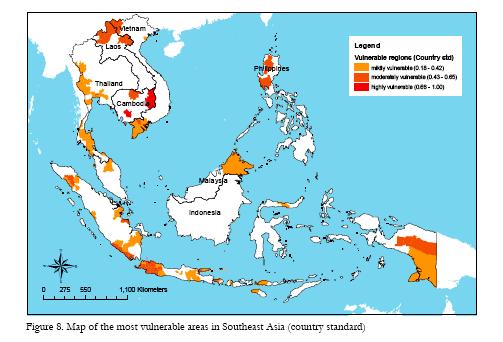As promised, the new BGjournal is out, and the topic is “Ecological restoration and the role of botanic gardens.” Remember, this is the one with the paper on inter situ conservation:
One of the first places that this idea has caught on is on the properties of the National Tropical Botanical Garden (NTBG) and those of collaborating landowners. At Lāwa’i-kai, the uniquely beautiful coastal property managed by NTBG as part of the historic Allerton Gardens on Kaua`i’s south shore, just a few kilometers from Makauwahi Cave, invasive vegetation has been removed from the beach strand and coastal forest and replaced with not just the three hardy native plant species that had persisted there, but dozens of other natives that cores collected from the adjacent marsh as well as the detailed record from other sites along the south shore such as Makauwahi shows were there when the Polynesians arrived a little more than a millennium ago.
